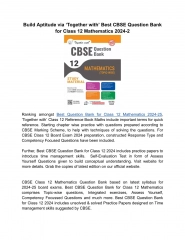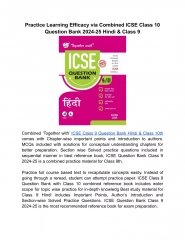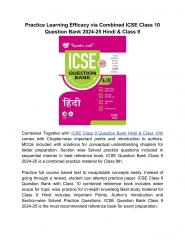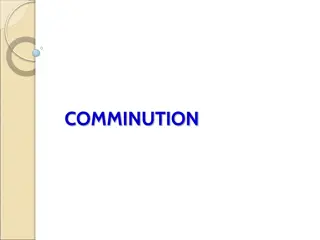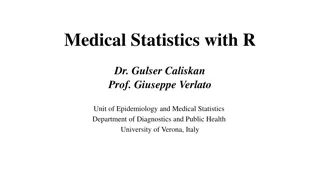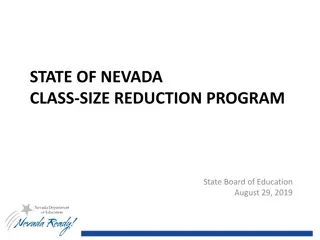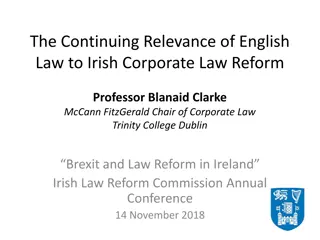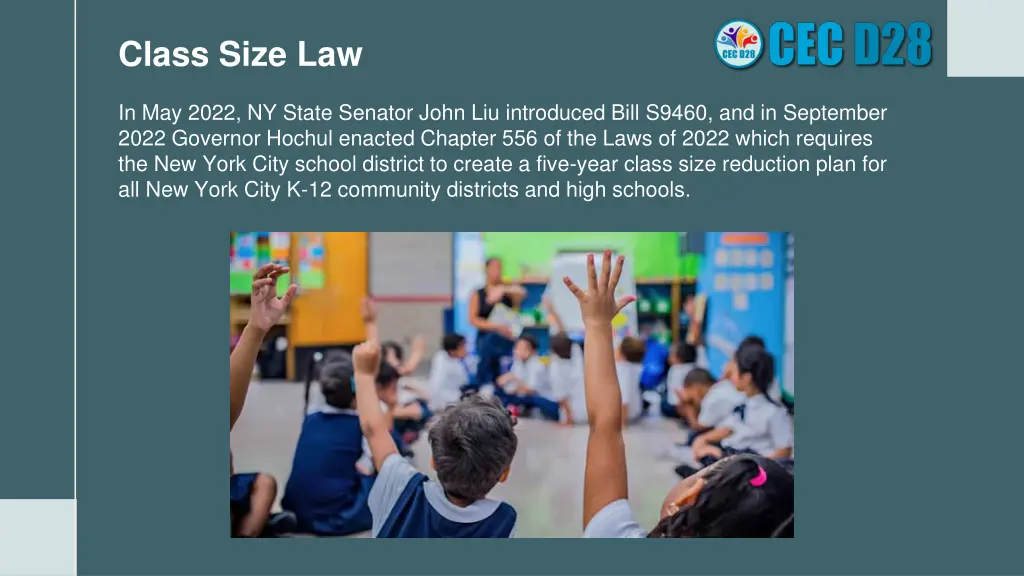
NYC School District Class Size Law Details
Learn about the Class Size Law introduced by NY State Senator John Liu in May 2022 and enacted by Governor Hochul in September 2022. This law requires the NYC school district to develop a five-year class size reduction plan for all K-12 community districts and high schools. Discover the specific requirements, class size caps, exemptions, and penalties involved in this significant educational mandate.
Download Presentation

Please find below an Image/Link to download the presentation.
The content on the website is provided AS IS for your information and personal use only. It may not be sold, licensed, or shared on other websites without obtaining consent from the author. If you encounter any issues during the download, it is possible that the publisher has removed the file from their server.
You are allowed to download the files provided on this website for personal or commercial use, subject to the condition that they are used lawfully. All files are the property of their respective owners.
The content on the website is provided AS IS for your information and personal use only. It may not be sold, licensed, or shared on other websites without obtaining consent from the author.
E N D



